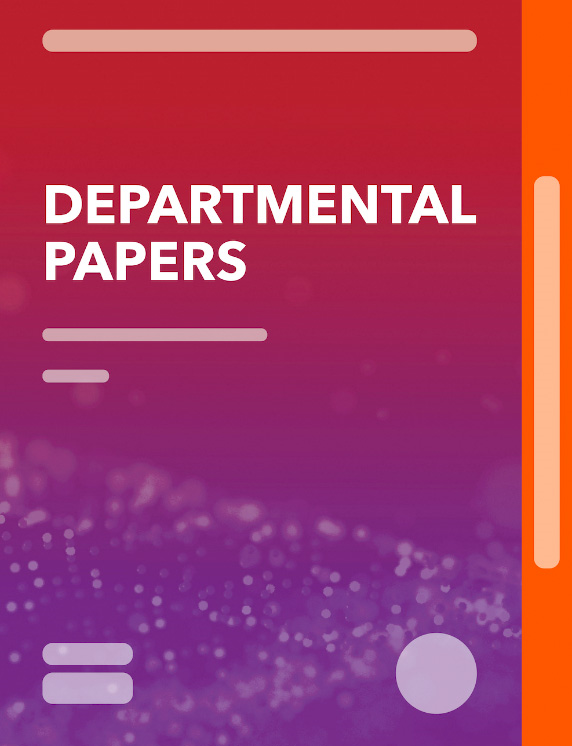How to Design a Financial Management Information System: A Modular Approach
May 15, 2019
Also available inespañol
Summary
A well-functioning financial management information system (FMIS) provides timely, reliable, and comprehensive reports that support implementation of the government’s fiscal policies and fiscal rules, and the formulating, controlling, monitoring, and executing of the budget. The architecture of FMISs has undergone a transformation since these systems were first developed in the 1980s. Rather than attempting to cover all or most public financial management (PFM) functions, many FMISs now focus on a few core functions such as accounting and reporting, budget execution, and cash management. Yet a survey of 46 countries shows that many face severe challenges in transforming their FMIS into an effective tool of fiscal governance. These challenges relate to weaknesses in the system’s core functions, its institutional coverage, the information technology platforms it uses, and the ease of sharing data with other IT systems. This How to Note discusses how to address these chal-lenges. Replacing an FMIS with an entirely new system may not be an optimal strategy. By utilizing the latest technology, a better approach may be to update or replace one or more core modules of the system: the so-called modular approach. Implementation of an effective FMIS, however, depends on two critical preconditions: strong political motivation and commitment, and the system’s ability to meet ongoing and anticipated PFM needs.
Subject: Economic sectors, Financial crises, PFM information systems, Public financial management (PFM)
Keywords: information technology platform, PFM information systems, support implementation, well-functioning financial management information system
Pages:
23
Volume:
2019
DOI:
Issue:
003
Series:
How-To Note No. 2019/003
Stock No:
HTNEA2019003
ISBN:
9781498311120
ISSN:
2522-7912





